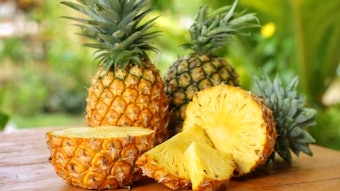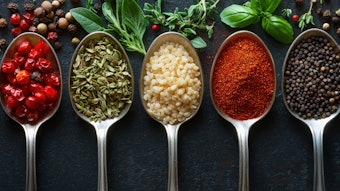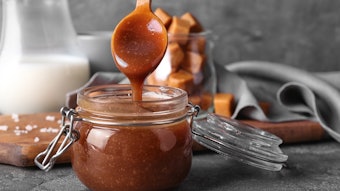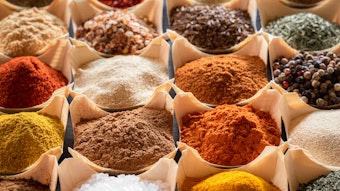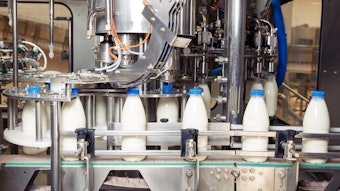Cocoa (Theobroma cacao) taste is one of the most elementary and lovable flavors worldwide. The flavor of this so-called "food of the gods" depends on the basics: origin and genetic makeup of the cocoa bean, and how it is handled first in the fields (fermentation and drying) and later in industrialization (roasting and extraction). Beyond the subtlety of the flavor, like most ingredient superstars, cocoa is now linked with health benefits from antioxidants and, more specifically, polyphenols.
Specifying, developing and using cocoa for use in the food/flavor industry requires deep ingredient knowledge and chocolate flavors expertise. This includes experience in producing regions. At-origin access provides crop analysis and farmer training to ensure that the best methods of growing, harvesting and fermentation are applied. Back in the principal consuming regions, extensive applications counsel can aid in advising where to source cocoa beans to produce the most suitable flavors for different applications. The authors of this review will herein draw upon this type of expertise.a
Flavor Development
Flavor potential starts at the very beginning—by growing trees with the best genetics, combined with optimum growing conditions. Cocoa trees take about four to five years before they bear fruit.
